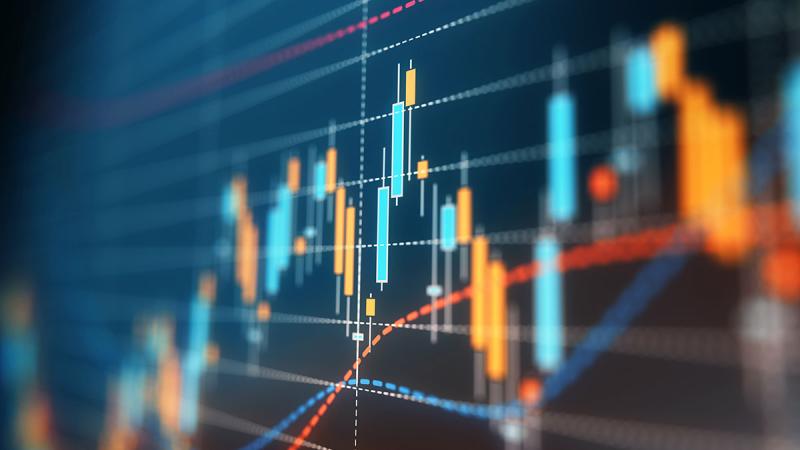The Pause that Depends — Fed Meeting of May 3, 2023

Fed Meeting
May 3, 2023
• Fed Funds overnight range increases 0.25% to 5% – 5.25%
• Rates return to pre-Great Financial Crisis level for the first time in 16 years.
• The Committee listed criteria for additional rate increases — elbow room to pause.
• But — the Fed did not commit to more increases.
• Inflation remains “elevated” and job gains “robust.”
Still on plan…
Following market expectations, the FOMC raised the overnight Fed Funds target by ¼% today. Today’s increase marks the tenth increase since this cycle began fourteen months ago. This is the fastest rise in rates by the Fed in over 30 years. The Fed Funds target rate has run from 0% to ¼% to a range today of 5% to 5¼%. Interest rate conditions became “tight” relative to history last December when the Fed Funds rate moved above the two-year Treasury.
The Committee removed language from the press release that stated, “additional policy firming may be necessary.” At first glance, this appeared to be “Pause” language. Closer reading of the rest of the statement shows that the Fed is leaving the door open to more increases or a pause. In raising by ¼%, the Committee is sticking to its plan from late last year of slowing the rate of increases. The Committee’s rationale in slower rate increases is to have it both ways: be seen to fight inflation while not throttling the economy by moving rates too fast.
The unanimous vote supported the Committee’s view that they are “strongly committed to returning inflation to its two percent objective.” The Fed acknowledged tighter financial conditions (tougher credit standards, higher rates and liquidity) are likely to weigh on the economy. Balance sheet reduction by letting Treasury and mortgage bonds mature will continue.
Depends
The Committee continues to be “data dependent.” Today’s press release set out several criteria the Committee will use to decide whether to raise rates further. They are:
• Cumulative effects of the previous rate increases
• The lag effects of recent rate increases on the economy
• Economic and financial data
In non-economist terms, the above list would read:
• Raising rates from 0% to 5% is slowing credit and growth in the economy, but we don’t know yet how badly.
• Each rate increase takes nine to 12 months to filter through the economy — so we have not yet seen the impacts of the increases that took rates from 3.5% to 5%.
• If GDP continues to slow and/or other areas of the economy run into trouble (commercial real estate mentioned a lot lately)
Analysis
The Fed is determined to bring inflation down. This inflation cycle was caused by Congress directing the Treasury to fund stimulus payments after government shutdowns. The rounds of stimulus raised money in circulation and the economy, known as M2, by 40% over 2019 levels. The stimulus money went directly into consumers’ wallets, stimulating demand inflation. Wage inflation, aided by fewer workers during shutdowns, quickly followed.
The broad growth rate in prices, as measured by the Consumer Price Index, peaked last June at 9.1%. Today’s 5% level remains well above the Fed’s 2% target. History encourages Wall Street’s view that the Fed should pause or stop raising rates. In the past, the Fed quit raising rates once the Fed Funds rate was above CPI. It appears that point may be reached later this year.
Economy
The Fed remains fixated on job growth and wage inflation. Chairman Powell did acknowledge that wage inflation has moderated over the last several months. We have repeatedly pointed to WARN notices and jobless claims numbers as a forecast to coming job and unemployment numbers. The trend of both notices and claims suggests this summer will see rising unemployment. U.S. GDP slowed to 1% annual growth in the first quarter and is projected to fall by 1% in this quarter. Higher rates are one driver.
Higher rates are also to blame for last summer’s crypto collapse, housing’s slowdown and several bank failures. At least the Fed acknowledges in the second bullet above that more problems may surface in the coming months. Chairman Powell reiterated that the Fed staff expects a mild recession later this year.
Summary
The Powell Fed continues to do a good job communicating its decisions and managing expectations. The markets expected a quarter-point increase and no push for more increases. They got exactly that. Powell spent a good portion of the press conference talking about the unique aspects of Silicon Valley Bank’s failure. Next up for markets: watching Congress and the Biden Administration’s negotiations on raising the debt limit. Both are together in D.C. for only nine days in May.
We think the path of short-term rates has likely peaked for this cycle. Inflation will stick around the 5% to 6% range the next several months. The Fed’s goal of 2% is a long way away for a healthy economy. Indeed, a return to 2% inflation in the next two years would mean the economy has downshifted into a serious recession. Futures markets are hedging a first rate cut as early as September. We think that is a bit optimistic and see the Fed sitting tight around 5% for most of 2023.
Please let us know how we can help you.
Steve Orr is the Executive Vice President and Chief Investment Officer for Texas Capital Bank Private Wealth Advisors. Steve has earned the right to use the Chartered Financial Analyst and Chartered Market Technician designations. He holds a Bachelor of Arts in Economics from The University of Texas at Austin, a Master of Business Administration in Finance from Texas State University, and a Juris Doctor in Securities from St. Mary’s University School of Law. Follow him on Twitter here.
The contents of this article are subject to the terms and conditions available here.